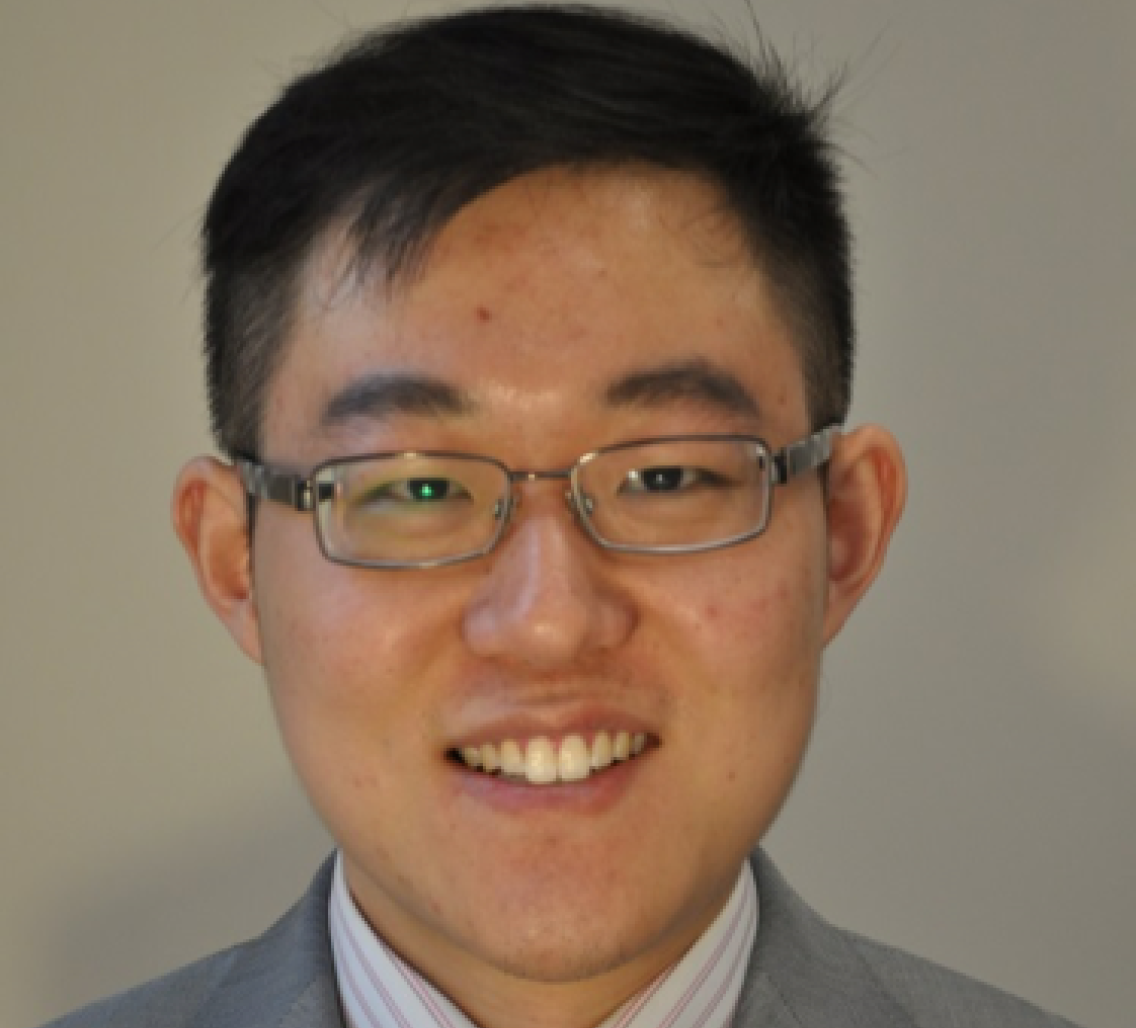Event Details:

New windows to understanding the brain: From non-invasive optical brain imaging through intact scalp to stable long-term brain mapping at the single-neuron level Guosong Hong, PhD Postdoc, Professor Charles M. Lieber's Lab, Harvard Univesity
School of Engineering and Stanford Neurosciences Institute Faculty Candidate
Abstract: A major challenge in understanding the brain is the spatiotemporal dilemma of neuroengineering: many important brain functions and cognitive processes occur in multiple regions and depths of the whole brain over months and years, but involve cellular electrophysiological changes that have to be quantified on the millisecond and micrometer scales of individual neurons. In this seminar, I will present two strategies to address this major challenge in neuroengineering: First, under the advice of Prof. Hongjie Dai at Stanford, we developed a new fluorescence-based in-vivo deep-tissue imaging technique by collecting photons in a previously unexplored sub-region of the optical spectrum, the second near-infrared window (NIR-II window, 1,000-1,700 nm) that offers balanced tissue scattering and absorption. In-vivo NIR-II cerebrovasculature imaging in live mouse brain allows visualization of sub-10 μm cerebral vessels through intact scalp and skull and quantification of fast cerebral hemodynamics to detect onset of stroke. Second, under the advice of Prof. Charles Lieber at Harvard, we have achieved stable long-term in-vivo brain mapping at the single-neuron level using syringe-injectable mesh electronics. Mesh electronics blurs the interface between biological and electronic systems by forming gliosis-free and 3D interpenetrated electronic and neuronal networks, enabling chronically stable tracking of the same individual neurons over >8 months. Both efforts have opened up new windows to understanding the brain with greatly expanded spatiotemporal ranges to achieve long-term interrogation and manipulation of the brain.
Bio: Dr. Guosong Hong obtained his B.S. in chemistry from Peking University in Beijing, China in 2008. He then carried out graduate studies with Prof. Hongjie Dai at Stanford University, where his research focused on the development of in-vivo second near-infrared (NIR-II) fluorescence imaging using biocompatible fluorophores such as carbon nanotubes, quantum dots, conjugated polymers and small organic molecules with long-wavelength emissions in the 1,000-1,700 nm NIR-II window. Upon receiving his Ph.D. in chemistry in 2014, Dr. Hong began postdoctoral studies with Prof. Charles M. Lieber at Harvard University, where he has been working on the development and application of syringe-injectable mesh electronics for stable long-term in-vivo electrophysiology at single-neuron resolution in rodent and primate brain and retina for understanding neural circuit evolution involved in visual perception, learning/memory, and neurodegeneration in stroke. Dr. Hong has received recognitions such as the Stanford Graduate Fellowship, William S. Johnson Graduate Fellowship, Materials Research Society (MRS) Graduate Student Award and the International Union of Pure and Applied Chemistry (IUPAC) Honorable Mention Award for Young Chemists. He is currently supported by the American Heart Association Postdoctoral Fellowship.